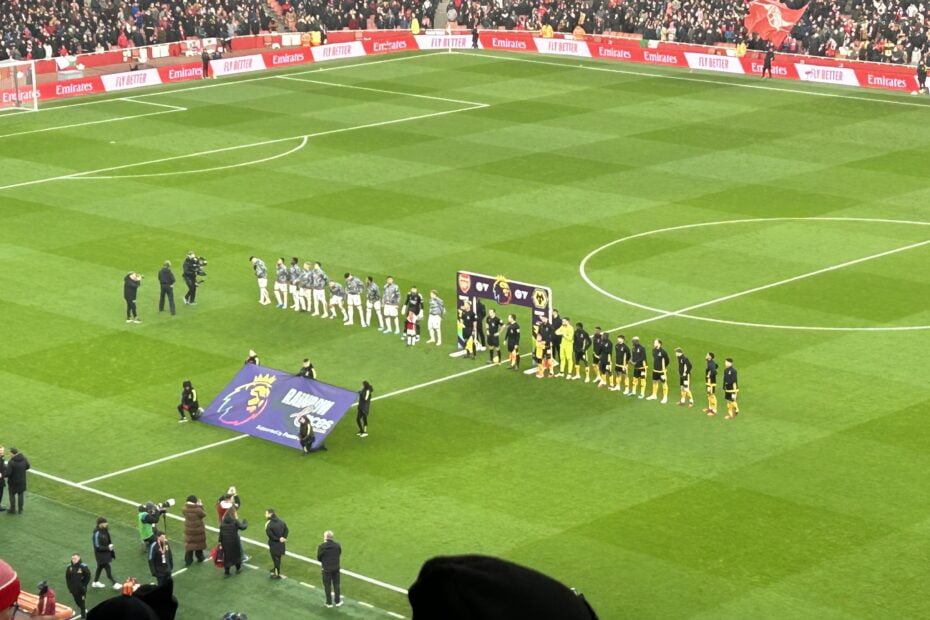There were no contentious VAR calls in the match vs Wolves. All passed off without much by way of controversy. So how might it illuminate our expectations of VAR?
It was how the game panned out. The first thirty minutes or so were possibly the closest to footballing perfection we’ve seen at Arsenal for a long while. Pace, movement, accuracy, all that the coaching manuals would advocate and brings smiles to the watching spectators. Plus two fine goals for good measure. There was so much to admire, with the whole team combining well. It was so clean and clinical, you could almost imagine it programmed into your computer.
But this was live football. Not choreographed. And so it changed from perfection to something a bit more demanding of white knuckles and gnawed fingernails. Same players but different outcomes. Shots missed, deflections reaching the opposition, passes intercepted, Wolves’ tactics adjusted, players tiring.
Yet what do we expect with a sport that’s about split-second decision making, the random effect of a ball on grass, uneven bounces, ninety (and more) minutes of constant movement, and eleven opponents who are not passively standing by? It’s not pre-programmed. It happens in a flash. Alex Zinchenko’s instant responses to situations led to the superb second Arsenal goal but contributed to the Wolves’ goal. It happens. That’s what makes football so enthralling. It’s unpredictable – and very human.
The rules are there as a framework created to bring order, and the referee is there as an independent adjudicator. He too is caught up in the speed and the randomness – what he sees, where he’s positioned, what he’s thinking at any moment.
And then there’s VAR – the very opposite of human. It’s laboriously trying to impose definitive decisions, turning the framework into a straitjacket which is at odds with the flowing nature of good football. Endless slow-motion re-runs are not in the spirit of the game and certainly can’t capture the decision making a player (or a referee on the pitch) has to make every moment of every match.
Technology can be used to spot if a ball is in play or out (although it seemed wanting at a certain game in the northeast recently). But it’s ill-equipped to cope with the very essence of a competitive fast-moving game, where every action of the twenty-three people on the pitch (twenty-five if you include the assistant referees) is an instant response to what’s unfolding around them. And the risk is that if you try to make it decide on one set of actions, in the interests of ‘fairness’, where do you stop? It’s bad enough trying to interpret intention for offences in the penalty area and red cards. Why not every foul, every corner, every yellow card? The list could be endless – like the games themselves if we keep demanding VAR makes certain in what is invariably a matter of interpretation.
So what’s the answer? Maybe adjust the laws so they are easier to interpret on the pitch, so removing the reliance on lines and multi-camera angles. Who knows. But surely not more VAR.
Football is a game of skill but also of chance. Technology is about certainty. The two don’t work well together.
Richard Smith 3/12/23
Picture – thanks to John Williamson
